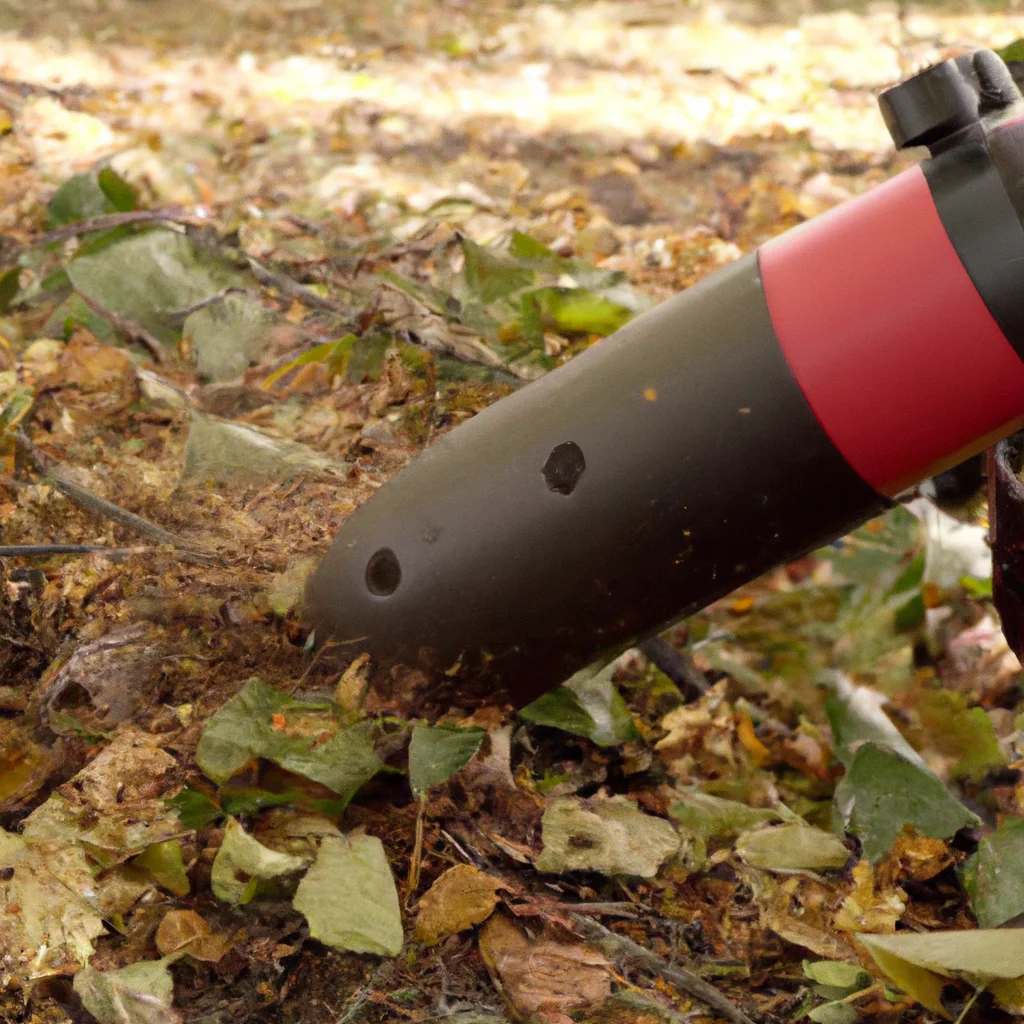How does a leaf blower work?


How does a leaf blower work?
Have you ever wondered how a leaf blower works? Well, in this article, we will explore the leaf blower’s function, operation, mechanism, and technology. We will explain the working principle of a leaf blower, and you will gain a thorough understanding of how it functions.
What is a Leaf Blower?
A leaf blower is a gardening tool that is used to blow away leaves, debris, and grass clippings. It is a powerful device that creates a stream of air to move leaves and other debris from one place to another. Leaf blowers are commonly used during the fall season to clear leaves from lawns, driveways, and sidewalks.
Leaf Blower Design
There are three main types of leaf blowers: handheld, backpack, and wheeled. Handheld leaf blowers are the most common type and are ideal for small yards. Backpack leaf blowers are more powerful and are suitable for larger areas, while wheeled leaf blowers are designed for commercial use and are the most powerful type of leaf blower.
A leaf blower consists of the following components:
- A motor
- A fan
- An air intake
- A nozzle
The motor powers the fan, which creates a stream of air that is directed through the nozzle. The air intake sucks in air, which is then directed towards the fan. The nozzle is designed to control the direction and speed of the air stream.
Leaf Blower Operation
When you switch on a leaf blower, the motor powers the fan, which creates a high-speed stream of air. The air is then directed through the nozzle, which controls the direction and speed of the air stream. You can adjust the nozzle to direct the air stream in different directions or to increase or decrease the speed of the air stream.
Leaf Blower Mechanism
The leaf blower mechanism is straightforward. The motor powers the fan, which creates a high-speed stream of air. The air is then directed through the nozzle, which controls the direction and speed of the air stream. The fan is usually located inside the housing of the leaf blower and is powered by an electric motor or a gas-powered engine.
Leaf Blower Process
The leaf blower process is quite simple. You start the leaf blower by pressing a button or pulling a cord. Once the leaf blower is started, the motor powers the fan, which creates a high-speed stream of air. The air is then directed through the nozzle, which controls the direction and speed of the air stream.
Leaf Blower Technology
The technology used in leaf blowers has evolved over the years. Modern leaf blowers are more powerful, energy-efficient, and environmentally friendly than their predecessors. Some leaf blowers are powered by cordless batteries, which makes them more convenient and portable than corded leaf blowers. Other leaf blowers are equipped with noise-reducing technology, which makes them quieter than traditional leaf blowers.
Working of Leaf Blower
The working of a leaf blower is simple. The motor powers the fan, which creates a high-speed stream of air. The air is then directed through the nozzle, which controls the direction and speed of the air stream. You can adjust the nozzle to direct the air stream in different directions or to increase or decrease the speed of the air stream.
Leaf Blower Working Principle
The working principle of a leaf blower is based on the Bernoulli principle, which states that as the speed of a fluid (air) increases, its pressure decreases. The fan in the leaf blower creates a high-speed stream of air, which results in a low-pressure area behind the fan. This low-pressure area sucks in air from the air intake and directs it towards the fan. The air is then directed through the nozzle, which controls the direction and speed of the air stream.
In conclusion, a leaf blower is a powerful gardening tool that creates a stream of air to move leaves and other debris from one place to another. The leaf blower’s mechanism is straightforward, and its working principle is based on the Bernoulli principle. Modern leaf blowers are equipped with advanced technology, making them more powerful, energy-efficient, and environmentally friendly than their predecessors. We hope that this article has provided you with a thorough understanding of how a leaf blower works.
Recent Posts
How do I create an engaging and informative online quiz or assessment?
Creating an engaging and informative online quiz or assessment can be a powerful tool for… Read More
What are the most effective methods for managing and reducing work-related stress in the hospitality industry?
Work-related stress is a common issue in the hospitality industry, where employees often face long… Read More
How can I improve my assertiveness and communication skills in a leadership position?
In a leadership position, assertiveness and effective communication skills are crucial for success. Being able… Read More
What are the key elements of a successful employee recognition and rewards program?
Employee recognition and rewards programs play a crucial role in motivating and engaging employees, as… Read More
How do I effectively manage and respond to customer feedback and reviews?
Customer feedback and online reviews play a crucial role in shaping a company's reputation and… Read More
What are the best strategies for effective time management as a stay-at-home parent?
Effective time management is crucial for stay-at-home parents who juggle multiple responsibilities on a daily… Read More